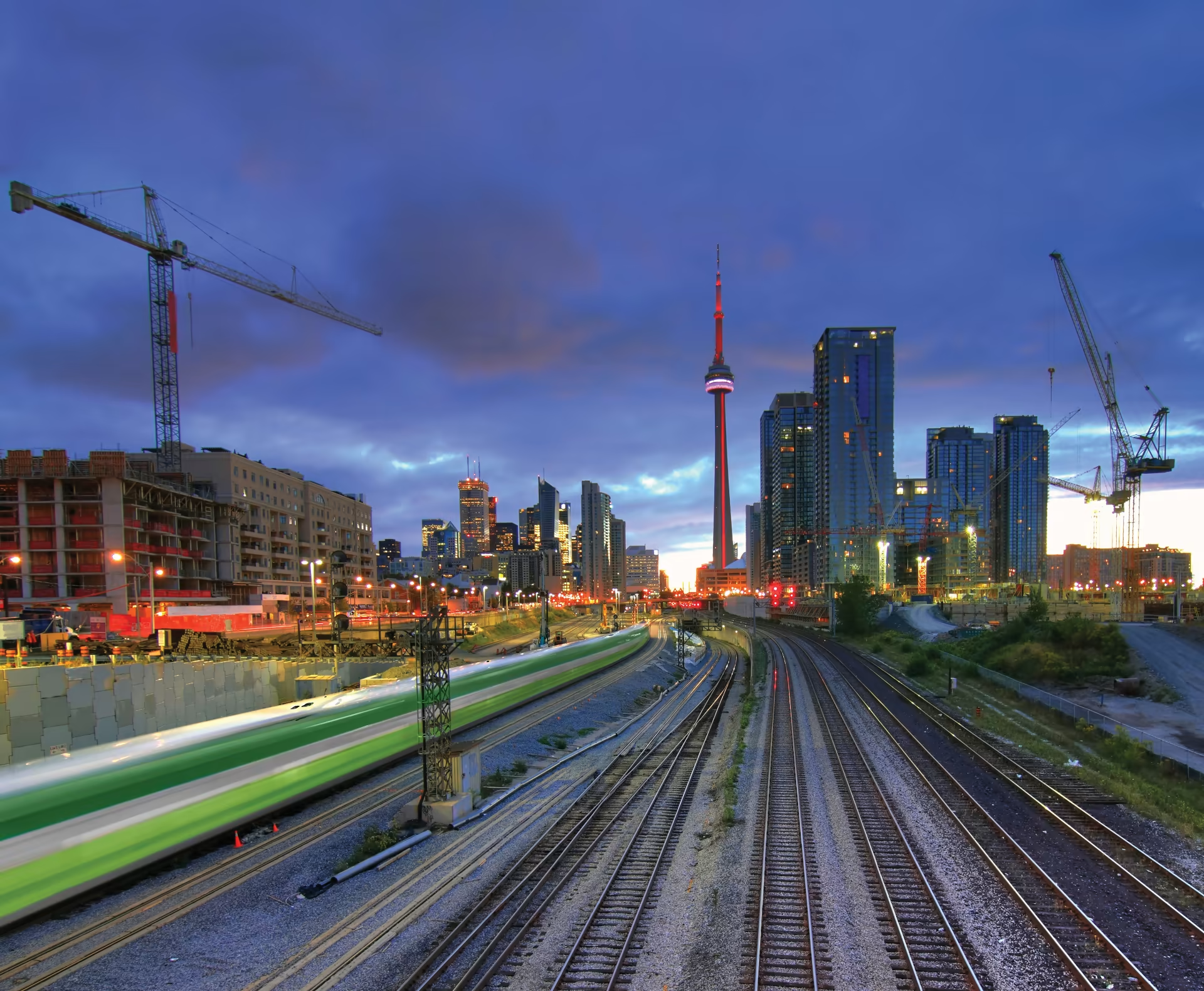I have a feeling this is going to be a very gradual thing, just like all of GO Expansion up until this point. First, it’ll be the SmartTrack stations, then it’ll be more and more track work wrapping up, maybe any remaining grade seperations, signalling, Union stuff, etc. Next thing you know, service eclipses 2019 peaks- but it just keeps increasing. Then, oh- they’re putting up wires on LSW… first they aren’t ready for a while. Then they are- only to Oakville or something. Or maybe it’s UPX, so people notice the change even less.
And this whole time, like clockwork, the municipalities that stand to benefit the most are actually orienting service around the lines, creating massive terminal facilities just to accommodate it all. And that’s ignoring every rapid transit line being built; Eglinton alone is more oriented around GO connections than any TTC line before it. Why wouldn’t that also alter peoples’ [Toronto’s] perspective, and therefore, use of GO, too? One might say that right now, with all this off-peak ridership growth, GO is already getting there- people are actually using it like Rapid Transit, not just for commuting downtown. It’s like a whole new kind of ridership.
One day, and it will be a very inconspicuous day- the number of people who casually talk about the GO Lines as if it were a subway in their day to day will overtake those who see it as a commuting service, because the service and ridership will be at that point. And it will probably do that without electrification actually complete (at the very least, not all of it).






